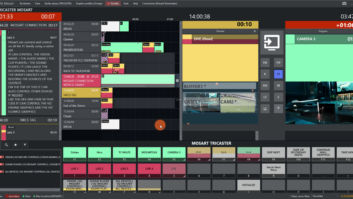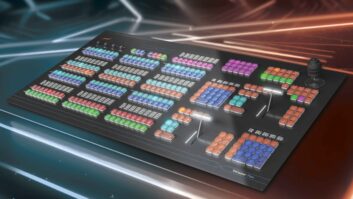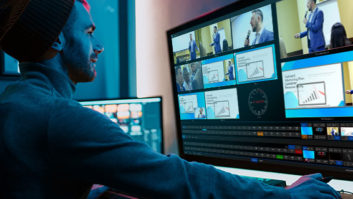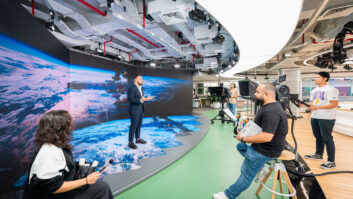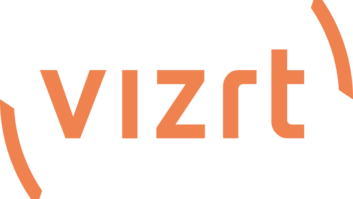ZDF recently began broadcasting from two virtual studios within its new _30m broadcast complex in Mainz using an extensive, customised complement of Vizrt products.
Since their official launch on July 17, the two news virtual studios and respective control rooms now produce many live daily programmes, including five newscasts and a children’s show. At the heart of the two virtual studios are powerful, interactive systems from Vizrt, including Viz Virtual Studio, Viz Content Pilot 5.3, Viz Artist 3.3, Viz Engine 3.3, Viz Link and Viz Video Hub 1.2. Together, these systems cooperate to allow ZDF’s artists and journalists to create an impressive array of dynamic, live interactive 3D/2D graphics that enhance visually striking 3D CG virtual sets.
“ZDF’s goal is to become Europe’s premiere news broadcaster, and in an increasingly complex world 3D graphics, animation, and virtual studio capabilities are the key to illustrating and explaining emerging events and issues,” said Armin Kaltenhauser, director of operations for Peak Software Technologies GmbH, Vizrt Austria.
“ZDF doesn’t just want to present the news, they want to explain the news to better inform the public,” Kaltenhauser continued. “By enhancing the look of its on-air product, ZDF wants to gain market share and expand its audience, especially by attracting younger viewers.”
While ZDF has been a satisfied Vizrt graphics customer since 2004, this public broadcast network still did due diligence-including conducting a technology “shoot-out” against leading competitor Orad and a three month test-before choosing Vizrt’s Viz Virtual Studio for its two new studios.
Factors in Vizrt’s favour included the ability to provide the custom development, modifications, and upgrades necessary to ensure the proper integration and performance of the virtual set technology at their facility. For example, Viz Content Pilot 5.3-a template-based graphics solution that automates creation of live, data-driven 3D/2D graphics displays-has been fully integrated with ZDF’s Avid iNews newsroom computer system and workflow.
ZDF’s Viz Virtual Studio is also the first to use Vizrt’s Look-Ahead Transition Logic, which automatically manages optimal transitions between new and existing on-air graphical elements. ZDF’s Transition Logic feature will manage up to 20 layers, with up to 35 states (a 35 x 35 matrix), with control over elements independent of each other.
Another first at ZDF is the use of Viz Link, which ties together graphics, video, production tools, and media asset management for easier search and utilisation of media databases. At ZDF, Viz Link is used for clips storage, with direct rendering by the Viz Engine.
ZDF’s Viz Virtual Studio was installed in August 2008, followed by tests, training, and design development, supported by Vizrt’s research and development teams. With four video inputs and two clip channels, the two virtual studios (N1 with 700 square meters and N2 with 300 square meters) have shared use of seven virtual cameras, including four Shotoku and three robotor systems from RT Leaders, and 17 Viz Engines, all licensed for HD. Since Vizrt’s Viz Virtual Studio workflow supports HD, this will be beneficial to ZDF when it transitions to HDTV in early 2010.
